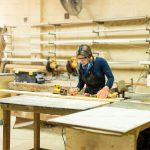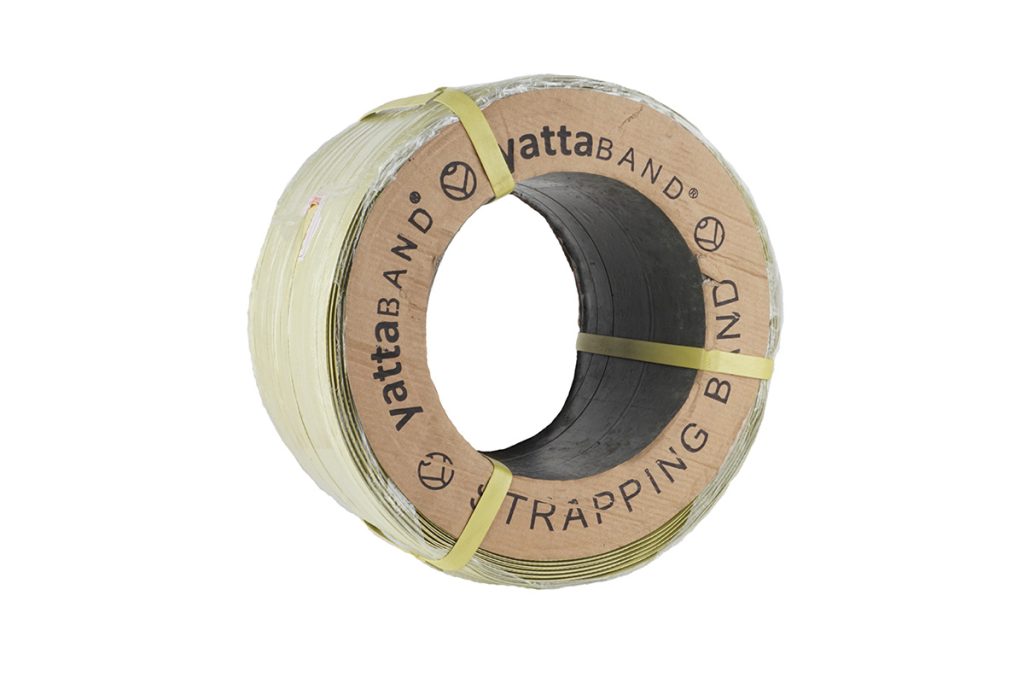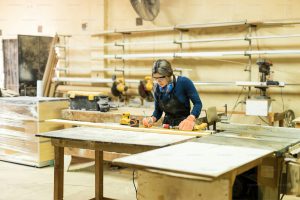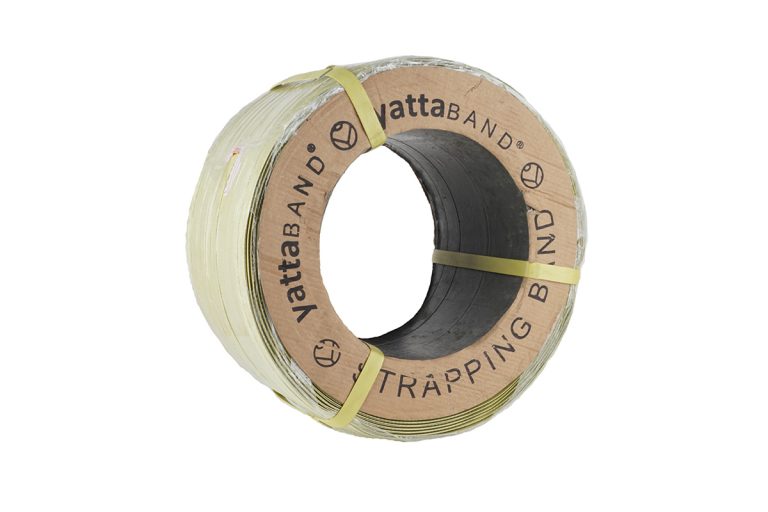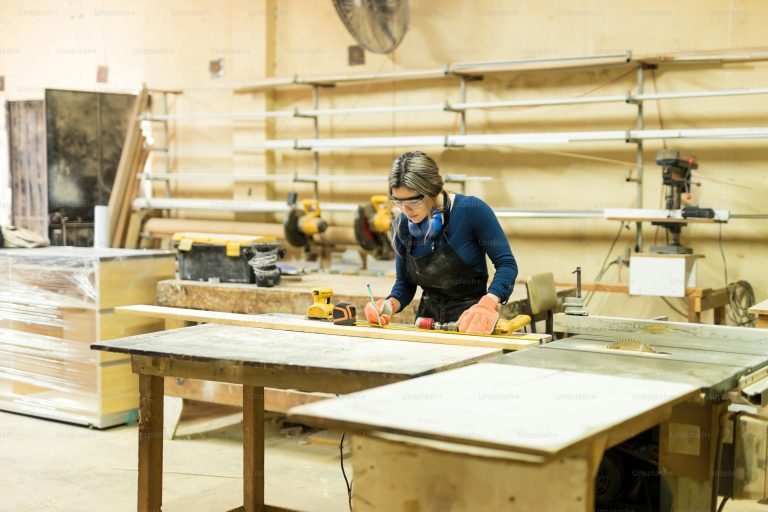Logistik di era digital bukan lagi sekadar memindahkan barang dari titik A ke titik...
Dalam dunia logistik dan distribusi, kemasan bukan sekadar pelindung barang, tetapi juga bagian penting...
Pertumbuhan industri kesehatan dan kecantikan di Indonesia terus melesat dalam beberapa tahun terakhir. Gaya...
Transformasi digital pada layanan kesehatan primer terus berkembang pesat. Banyak puskesmas kini mulai mengadopsi...
Furnitur memiliki peran besar dalam membentuk karakter sebuah rumah. Material yang kuat, desain yang...
Bali tetap menjadi tujuan favorit wisatawan karena perpaduan budaya, pantai, dan aktivitas yang lengkap...
Kenyamanan berkendara dipengaruhi oleh banyak faktor, namun salah satu elemen yang paling menentukan adalah...
Masuk ke pasar Indonesia adalah peluang besar bagi banyak perusahaan asing, tetapi prosesnya tidak...
Masuk ke pasar Indonesia adalah peluang besar bagi banyak perusahaan asing, tetapi prosesnya tidak...
Kemajuan dunia kesehatan menghadirkan berbagai metode pengobatan yang lebih aman, modern, dan manusiawi. Kini,...


